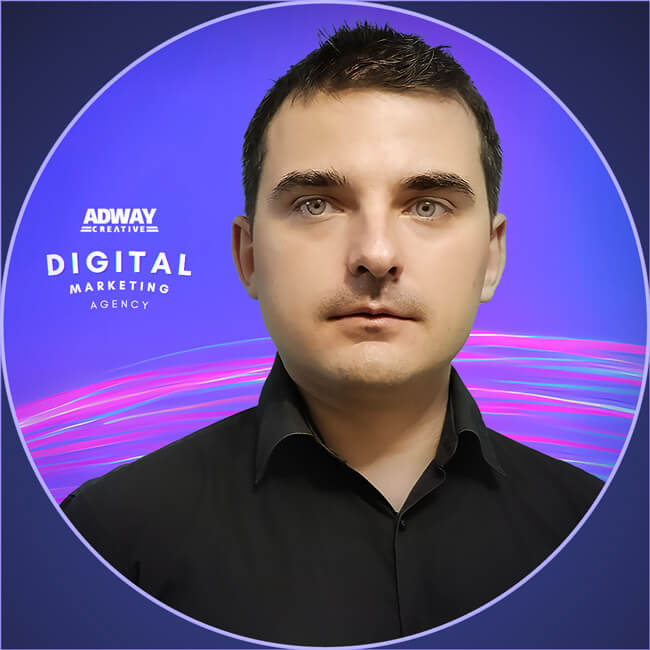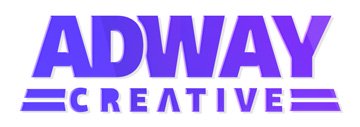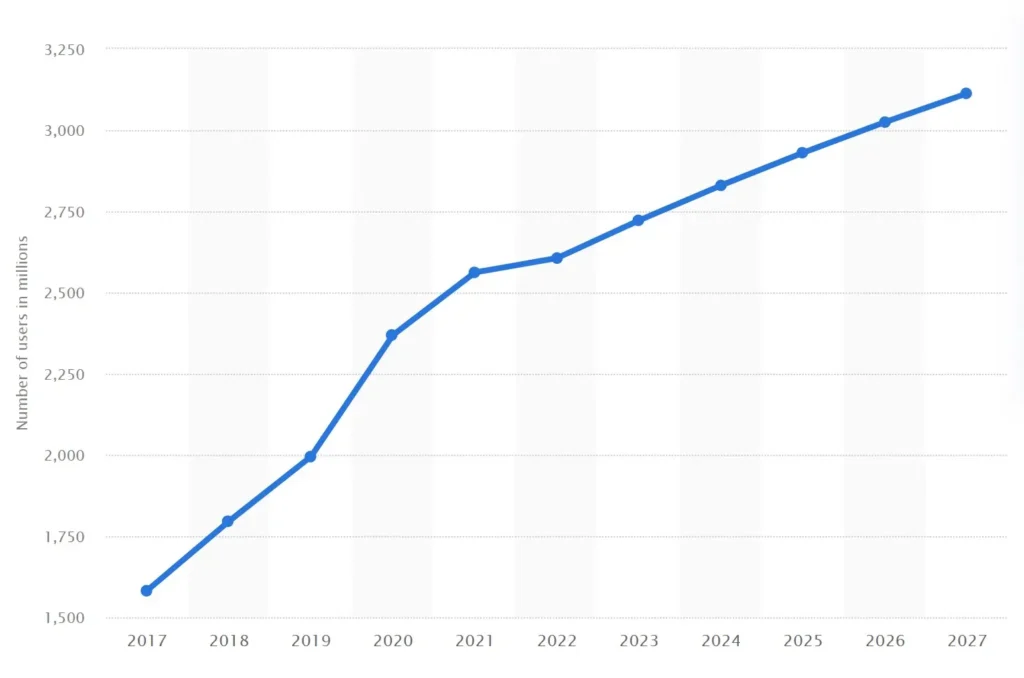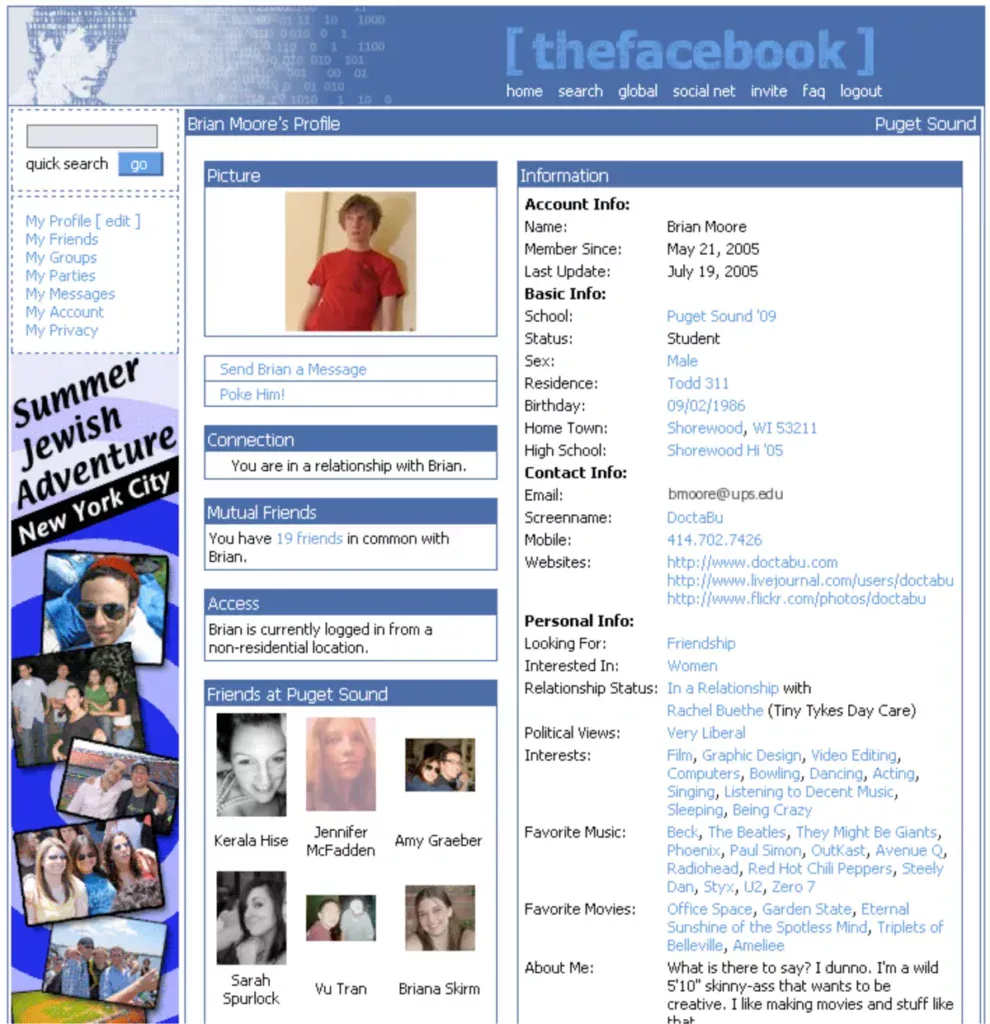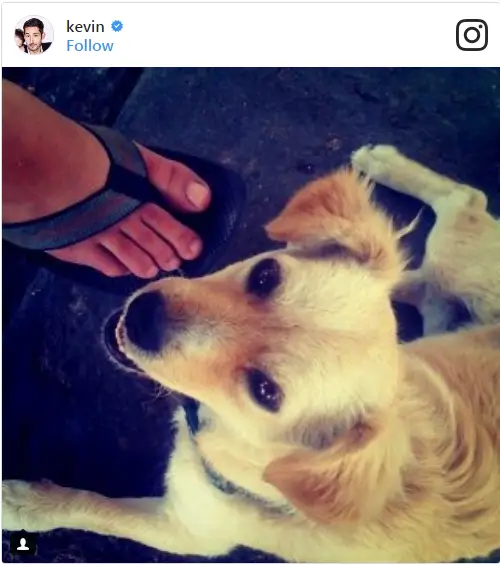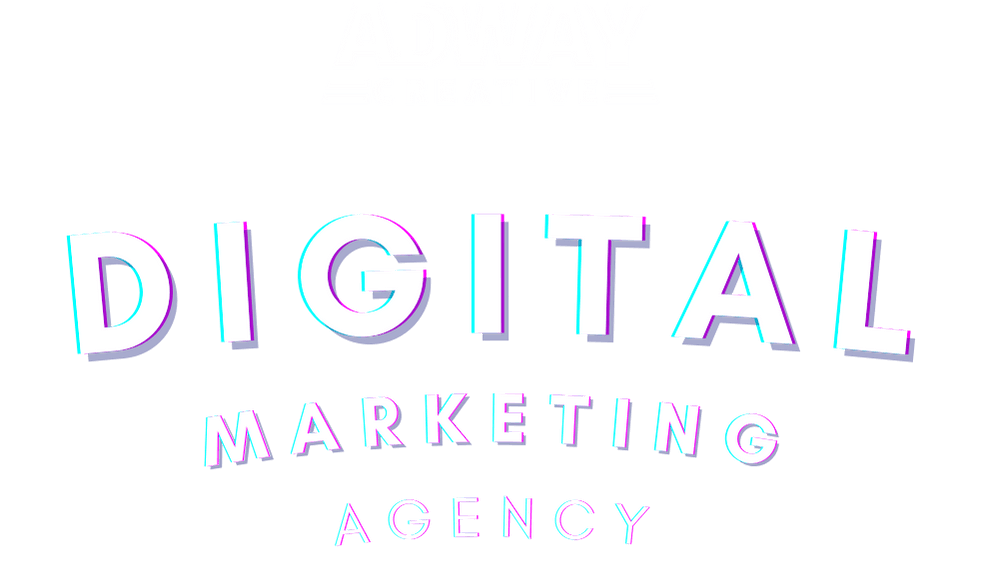
Examples of Augmented Reality Marketing Campaigns
Ready to Elevate your Marketing with AR Experiences that Captivate Your Audience?
Table of Contents
Augmented Reality in marketing integrates AR technology into promotional activities, offering a unique blend of real and virtual worlds that enhances consumer interactions.

Unlike Virtual Reality (VR), which immerses users in a completely digital environment, AR enhances real-world settings with digital overlays, making it a powerful tool for delivering personalized and engaging content.
As noted by Javornik and colleagues, AR is at the forefront of marketing technologies, enriching user experiences by augmenting the sensory perception of reality with digital data in real-time. Read more about their research here.
Advantages of AR in Marketing
Augmented Reality (AR) stands out as a transformative tool in this realm, merging the real with the virtual to create unforgettable user experiences.

Boosting Engagement and Interaction through the use of AR in advertising campaigns.
AR’s capability to merge digital elements with the real world not only captures attention but also encourages interaction, leading to deeper engagement.
This heightened involvement can significantly increase brand recognition and conversion rates, as detailed by Yaoyuneyong and others in their 2016 study. Explore the study in full.Enhancing Brand Recall and Loyalty
The novelty and interactivity of AR make it highly memorable, helping brands leave a lasting impression on consumers.
This can translate into stronger customer loyalty (see our services) and greater advocacy, as users are more likely to share their unique AR experiences on social media, enhancing the overall impact of the advertising campaign.
Improving Visualization and Decision-Making
AR allows consumers to see products in their own space, helping them make informed decisions.
This realistic visualization reduces return rates and enhances customer satisfaction by providing a clearer understanding of the product.
Increasing Sales and Conversion Rates
Studies, including one by Shopify, have shown that AR can directly impact sales, with AR-enhanced products achieving significantly higher conversion rates. Learn more about this research.
Successful Real-World AR Marketing Campaigns
Gucci’s AR Try-On (Social AR)
The first of our examples of augmented reality marketing campaigns ia Gucci’s AR Try-On app.
This app revolutionizes the shopping experience by allowing users to see how different accessories like sunglasses and shoes look on them through their mobile devices.
This initiative not only enhances online engagement but also drives sales by enabling a try-before-you-buy experience from anywhere.
The goal of this AR experience is to merge the convenience of online shopping with the confidence that typically comes from an in-store experience.
This approach has significantly increased user-generated content, as customers are eager to share their chic looks on social media, further amplifying Gucci’s brand visibility and engagement.
Goals and Objectives:
Increase customer engagement and online sales.
Boost in-store foot traffic through online-to-offline integration.
Encourage customers to share their virtual try-on experiences, enhancing user-generated content and brand visibility.
Actionable Guidelines:
- Brands can leverage AR try-on features to reduce the barrier to purchase for online shoppers by allowing them to visualize products on themselves.
- Encourage sharing on social media by integrating easy share buttons and creating visually appealing AR effects that users want to show off.
- Use data gathered from AR interactions to offer personalized product recommendations and promotions.
2. Hyundai’s AR Owner’s Manual (Web AR)
Hyundai’s innovative AR Owner’s Manual transforms traditional vehicle maintenance by providing car owners with an interactive and intuitive way to learn about their vehicle.
By simply pointing their device at different parts of the car, users can access 3D models, video tutorials, and detailed maintenance information.
This not only improves the user experience by making information easily accessible but also reduces the need for customer support, saving the company significant resources.
The primary marketing objective here is to enhance customer satisfaction and loyalty by empowering users with knowledge and convenience.
Goals and Objectives:
Enhance user experience by providing interactive and easily accessible vehicle information.
Reduce the need for customer support through self-service solutions.
Promote brand innovation and increase product awareness.
Actionable Guidelines:
Automotive brands can develop AR manuals to add value to customer aftercare, making technical information engaging and easy to understand.
Highlight AR features in marketing communications to position the brand as cutting-edge.
Monitor user interaction data to improve and expand AR content based on customer usage and feedback.
3. M&M’s AR Mini Game (Web AR)
M&M’s AR Mini Game is a brilliant example of how interactive AR can be used to boost brand engagement and create a memorable consumer experience.
By scanning special packages, customers can unlock a fun-filled AR game that features the beloved M&M characters.
This campaign aims to increase dwell time and drive traffic to online platforms, while also encouraging in-store purchases.
The game’s success lies in its ability to engage users in a playful way while seamlessly integrating product promotion.
Goals and Objectives:
Create interactive in-store and event experiences.
Drive traffic to social media and websites.
Increase brand engagement through user-generated content.
Actionable Guidelines:
Use AR games to turn traditional advertising into a fun, interactive experience that can attract a wider audience.
Integrate AR games with product promotions to encourage both participation and purchase.
Leverage seasonal or event-related themes to keep the content fresh and relevant.
4. Kilian’s Face Filter (Social AR)
Kilian’s AR face filter campaign on social media platforms like Instagram and Snapchat allows users to virtually try on different lipsticks and makeup, enhancing the sensory experience of shopping for beauty products.
This strategy not only raises brand awareness but also drives user interaction and content creation, as users share their glamorous transformations online.
The objective is to create a viral loop of engagement and user-generated content, making Kilian’s products a talking point among beauty enthusiasts.
Goals and Objectives:
Raise brand awareness and create shareable content.
Engage users by allowing them to interact with products in a personalized way.
Actionable Guidelines:
Beauty and fashion brands can use AR filters to let customers try before they buy, increasing confidence in purchase decisions.
Collaborate with influencers to use and promote AR filters, amplifying reach and credibility.
Track engagement metrics and user feedback to refine and expand AR offerings.
5. Dove’s Image Tracking (Web AR)
Dove employs AR technology to offer more than just a glimpse of its products. By scanning Dove items, consumers can unlock a wealth of information including usage tips, ingredient benefits, and sustainability practices.
This campaign is designed to increase transparency and trust, encouraging informed purchasing decisions. It also enhances user engagement by providing a value-added experience that goes beyond traditional advertising, setting a new standard in the beauty industry for customer interaction and education.
Goals and Objectives:
Increase product awareness and detailed knowledge.
Enhance user engagement through interactive content.
Provide informative campaigns that improve customer decision-making.
Actionable Guidelines:
Consumer goods brands can use AR for educational content about product usage and benefits, directly on packaging.
Develop campaigns that encourage users to scan products to unlock exclusive content, rewards, or discounts.
Use AR to tell a brand’s sustainability or ethical sourcing story, enhancing consumer trust and loyalty.
6. Kia’s AR World (Web AR)
Kia’s AR World app offers a delightful AR experience featuring a charming robotic dog companion that users can interact with, pet, and watch perform tricks.
This engaging AR encounter aims to indirectly enhance customer satisfaction, boost brand loyalty, and entertain the audience by providing a unique and enjoyable interaction.
Goals and Objectives:
Indirectly satisfy customers by offering entertaining and interactive content.
Increase customer loyalty through enjoyable and memorable experiences.
Actionable Guidelines:
Develop AR experiences that feature interactive characters or objects to entertain and engage users.
Utilize AR to provide informative content in an entertaining format, enhancing brand perception.
Create shareable AR moments that users can enjoy and showcase on social media platforms for increased brand visibility.
7. Plano & Plano’s AR Portal (App AR)
Plano & Plano’s AR Portal revolutionizes the real estate market by offering prospective buyers virtual tours of properties.
This app not only allows users to visualize spaces but also customize elements like furniture and decorations in real-time.
The goal is to enhance the visualization of properties, reduce the time and costs associated with traditional property viewings, and improve overall buying efficiency.
This innovative approach to real estate marketing significantly enhances customer engagement and satisfaction, providing a competitive edge in a crowded market.
Goals and Objectives:
Provide enhanced visualization of properties to potential buyers.
Offer customization options to increase buyer engagement and satisfaction.
Reduce costs and time associated with traditional property viewings.
Actionable Guidelines:
Real estate companies can implement AR portals to allow virtual tours of properties, helping buyers make informed decisions from anywhere.
Integrate customization features that allow users to visualize different furnishings and decor styles within properties.
Use AR data to understand buyer preferences and trends, which can inform future developments and marketing strategies.
Pricing for AR Marketing Campaign Services
At AdwayCreative, we pride ourselves on customizing our AR marketing services to suit a range of budgets and business requirements.

Our AR Content development pricing structure begins at an accessible $700 for basic packages and extends up to $900. However, for more intricate projects, the creation of an AR experience can scale up to $5000 and beyond.
Our dedicated team is committed to devising a bespoke AR strategy that not only caters to your budget but also encapsulates your brand objectives and resonates with your target audience.
The Future of AR in Marketing: Insights from Research
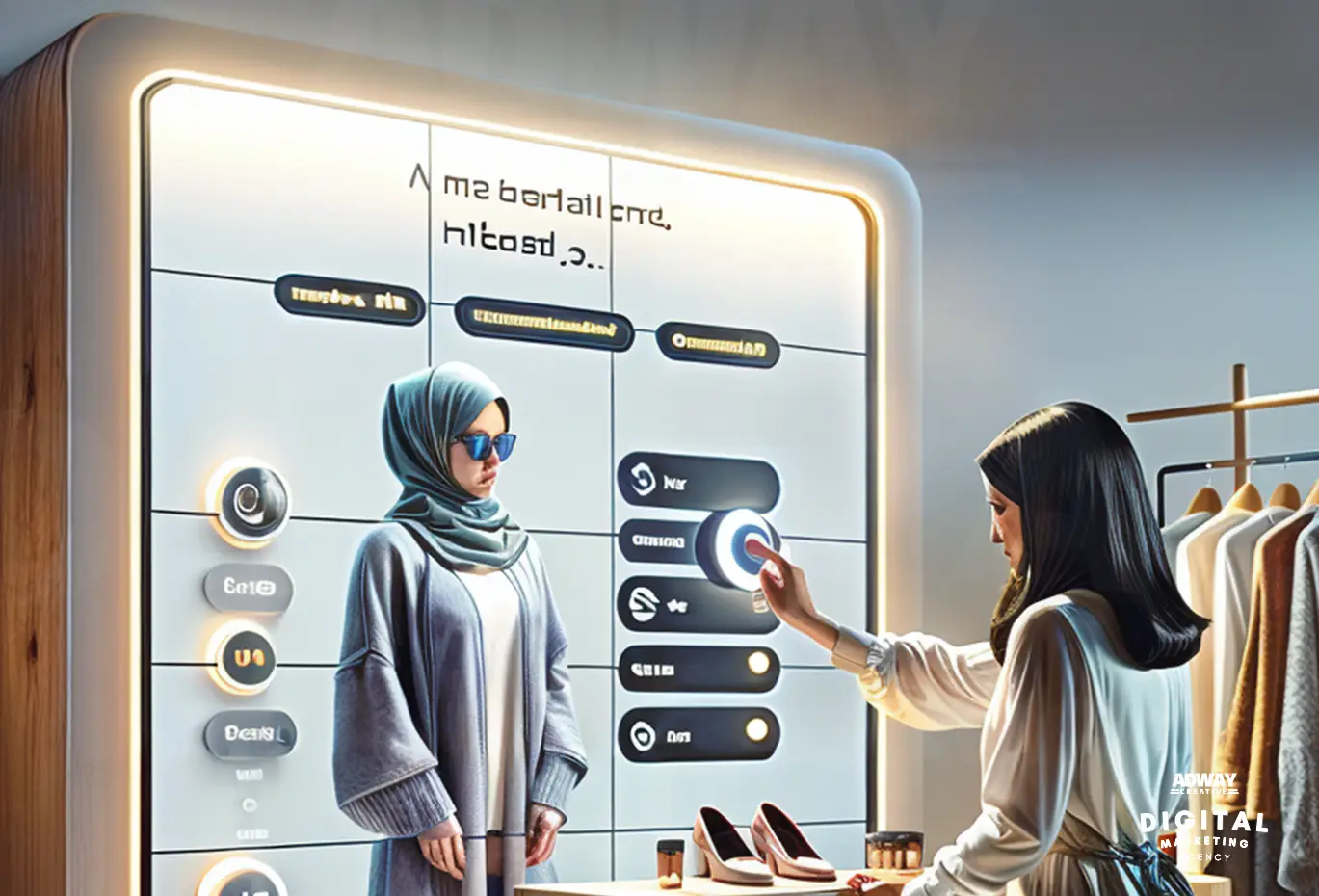
Augmented reality (AR) in marketing is undergoing rapid transformation, with forecasts predicting a staggering $88.4 billion market by 2026.
This surge is propelled by the widespread adoption of AR-enabled devices and consumers’ growing appetite for immersive experiences that seamlessly merge digital and physical realms.
According to a MarketsandMarkets report, this shift promises to redefine consumer interactions and expectations across diverse industries. Explore the complete report here.
Research affirms that AR is not merely a futuristic concept but a present-day reality with tangible benefits and practical applications.
A Deloitte study underscores how AR is poised to elevate the shopping experience, with 63% of consumers foreseeing its pivotal role in their purchasing decisions. Dig deeper into this study here.
However, integrating AR into marketing strategies poses challenges. Privacy concerns and the demand for sophisticated technological integration loom large. Safeguarding user data while delivering a seamless AR experience necessitates robust IT infrastructure and compliance with data protection regulations.
Moreover, the success of AR applications hinges on minimizing latency and offering real-time interactions, as highlighted in research by Frontiers in Psychology, which emphasizes the significance of reducing system latency for enhanced user experience.Explore more on interaction and system latency in AR here.
To navigate these complexities, staying abreast of the latest research, technological advancements, and best practices in AR is imperative. For marketers seeking to harness AR effectively, partnering with experts versed in AR development nuances is essential. Such experts can steer the creation of engaging, compliant, and technically sound AR experiences.
As AR continues to shape the marketing landscape, it presents a distinctive opportunity for brands to engage with audiences in innovative and personalized ways.
By embracing AR and staying ahead of the curve, marketers can not only enhance the consumer experience but also foster meaningful engagement and growth in an increasingly digital world.
Conclusion
AR marketing offers a dynamic platform for engaging and converting audiences through immersive experiences.
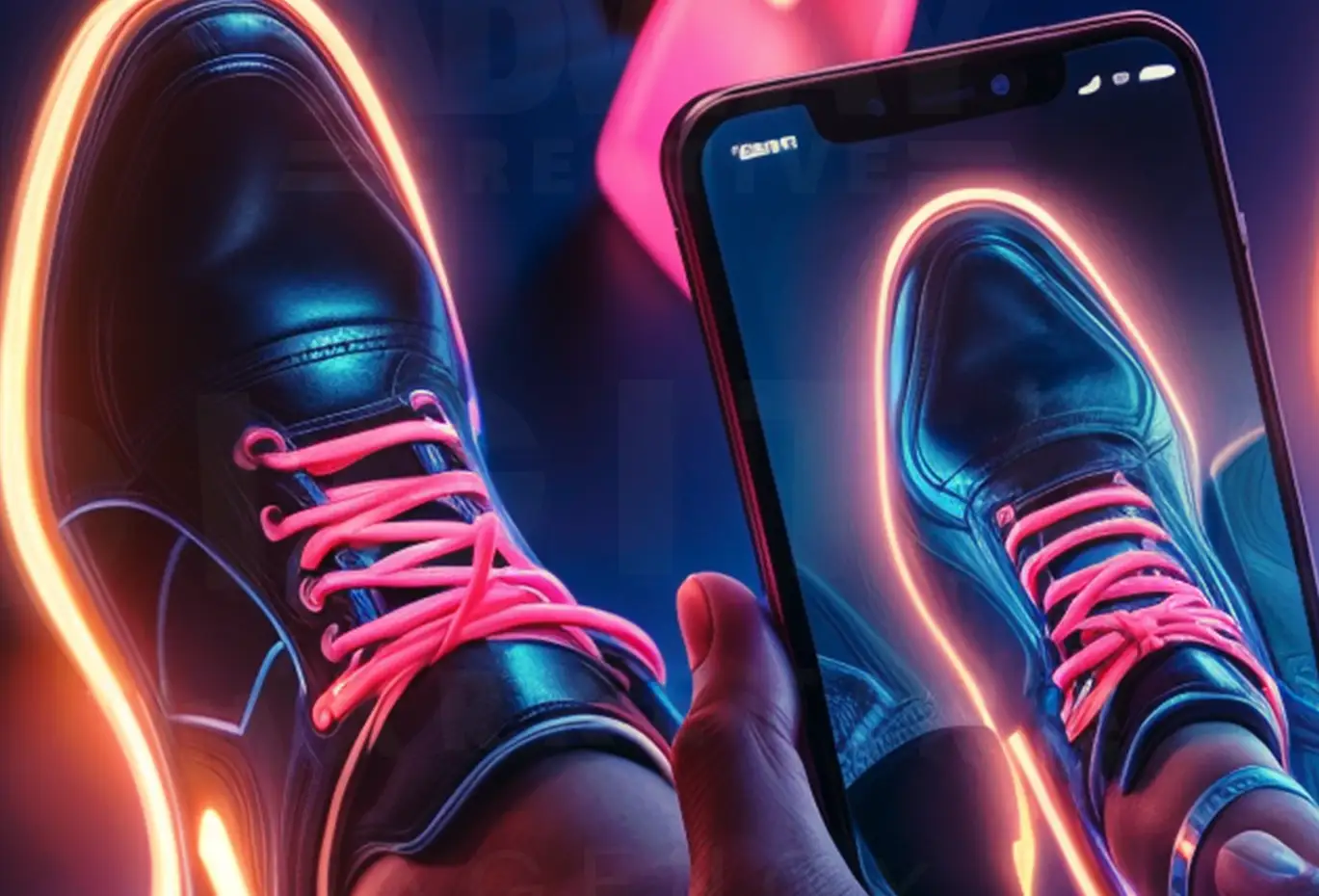
As AR technology evolves, it presents a significant opportunity for brands to innovate and captivate.
At AdwayCreative, we are at the forefront of this technology, ready to help you harness its potential to transform your marketing strategies and achieve remarkable success.
Interested in elevating your marketing with AR?
Contact AdwayCreative to discover how our expertise in AR advertising can benefit your brand. With competitive pricing and cutting-edge solutions, now is the perfect time to explore the possibilities of AR marketing.
Quick Answers: Your Article Recap FAQs Addressed.

Q: What are the benefits of incorporating AR into traditional marketing efforts?
A: Augmented reality advertising can breathe new life into traditional marketing by adding an interactive layer that captivates audiences. By incorporating AR, brands can create immersive experiences that not only increase engagement but also make their message more memorable. AR capabilities allow for dynamic storytelling and personalized content, which can lead to higher conversion rates and a deeper connection with the consumer.
Q: What should marketing specialists consider when developing an AR advertising campaign?
A: When launching an AR campaign, it’s essential to focus on user experience and value. Best practices include ensuring the AR content is easily accessible, relevant to your audience, and provides a seamless integration with your brand’s message. Interactive AR elements should enhance the product or service being advertised, and clear calls-to-action should guide users through the experience. Additionally, testing the AR elements for functionality across different devices is crucial to ensure a smooth user experience.
Q: How does an AR product experience benefit customers?
A: Absolutely, AR product experiences allow customers to visualize and interact with products in their own environment before making a purchase. This can significantly improve customer satisfaction by providing a try-before-you-buy experience, reducing uncertainty, and minimizing the likelihood of returns. For instance, an AR lens can let shoppers see how furniture would look in their home, or an AR menu can show how a dish would appear when served, enhancing the decision-making process.
Q: Why are augmented reality advertising campaigns more impactful than traditional ads?
A: Augmented reality advertising campaigns stand out because they offer a unique blend of entertainment and information. They transform passive viewing into active participation, creating a memorable and engaging experience. AR ads can include elements like interactive AR games or Instagram AR filters that encourage users to interact with the brand in a fun and meaningful way. This not only boosts brand awareness but also encourages social sharing, which can amplify the campaign’s reach.
Q: In what ways can businesses utilize AR to enhance marketing and sales strategies?
A: Businesses can utilize AR to create immersive demonstrations of products, offer virtual try-ons, and provide interactive storytelling that showcases the features and benefits of their offerings. AR advertising campaigns can drive sales by providing customers with a compelling visual and sensory experience that traditional marketing tools may not offer. For example, a company that has developed an AR app can use it to bring products to life in the customer’s hands, leading to increased engagement and a higher likelihood of purchase.
Q: Can you give some examples of successful AR advertising campaigns?
A: Successful AR advertising examples include sponsored AR experiences like Gucci’s AR Try-On, which allows users to see how shoes and accessories look on them virtually. Another example is IKEA’s AR app, which lets customers place furniture in their homes to see how it fits and looks before buying. These campaigns utilize AR to provide value and enhance the customer’s journey, leading to increased brand engagement and sales.
- About the Author
- Latest Posts
- Client Results
With over fifteen years of hands-on experience in PPC, SEO, content marketing, and social media, Iliya Avramov has honed his expertise through strategic collaborations with global teams, mastering the art of blending traditional marketing strategies with cutting-edge digital services and technologies. His deep understanding of digital trends—backed by a proven track record of scaling campaigns for startups, B2B enterprises, and e-commerce brands—ensures businesses achieve sustainable growth, with measurable ROI increases of up to 540% in competitive online landscapes.
Iliya specializes in data-driven strategies, including advanced PPC optimization (e.g., Google Ads and Meta campaigns), technical SEO audits, content creation that drives organic traffic, and social media engagement that boosts brand loyalty. He has successfully managed marketing budgets from $1,000 to over $100,000 monthly, generating thousands of leads and conversions across industries like agriculture, health, and retail. Proficient in tools such as Google Analytics, SEMrush, Ahrefs, and AI-powered analytics, Iliya’s innovative approaches are supported by insights from leading resources like Google Search Central for SEO updates and Think with Google for data-driven marketing, ensuring alignment with the latest best practices.
His leadership has earned AdwayCreative numerous industry recognitions, including:
- 2020: Mastery in 3D visualizations and graphic design (Acquisition International).
- 2021: Media Innovator Award (Corporate Vision).
- 2022: Martech Award (Corporate Vision).
- 2022: Global Finance Award (Global Banking & Finance).
- 2023: Global Finance Award (Global Banking & Finance).
- 2023: Best Full Service Marketing and Advertising Agency (Innovation in Business).
- 2024: Bulgaria’s Most Reviewed Social Media Marketing Agency (The Manifest/Clutch).
- 2025: Advertising & Marketing Customer Satisfaction & Happiness Award (Global Banking & Finance).
Author Disclosure: Iliya Avramov is the founder of AdwayCreative and may reference agency services in his content. All opinions and strategies are grounded in over a decade of professional experience and independent industry research, with no undisclosed affiliations.
Publication Date: July 22, 2025 | Last Updated: July 22, 2025
- Generative Engine Optimization (GEO): How to Position Your Business in the Era of AI
- Why aren't your Google Ads generating conversions? 6 reasons and solutions.
- Google Ads Services: Drive Immediate Results with Expert PPC Management
- Google's Loyalty Program Update: How to Stand Out in Search | AdwayCreative
- Maximizing Google Ads ROI: The Power of MaxDiff and Conjoint Analysis
- Why Choose a Google Ads Management & Marketing Advertising Agency in 2025
See Real Results from AdwayCreative Clients
Curious what digital marketing can achieve for your business? Explore highlights from some of our recent success stories:
-
ROSELA | LEADING CUCUMBER PRODUCER GOES DIGITAL 🌱
Digital transformation brought 5,500+ new users, 1,808% boost in visibility, and 71% lower ad costs.
See more -
DA.CARE | SWISS STARTUP 👶
Swiss startup built a trusted UK brand with AI insights, 420+ subscribers in a month, and high-converting campaigns.
See more -
PARK&FLY ✈️
From zero to 100,000+ users and 40% repeat customers through integrated strategies.
See more -
ART:E 🎨
Over 500 new accounts activated, 12,000+ daily users, and reduced churn for an artisan platform.
See more -
MALEEVI TENNIS CLUB 🎾
220+ leads and 90% engagement growth in just 46 days.
See more -
MIRIAM SWIMWEAR 🩱
613+ new affiliate signups and acquisition costs as low as $0.32 per lead.
See more
See the full list of AdwayCreative case studies here →

